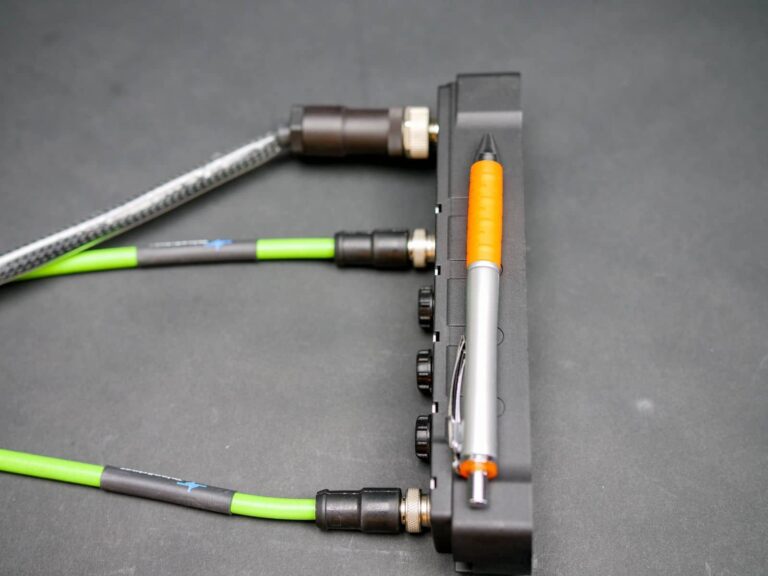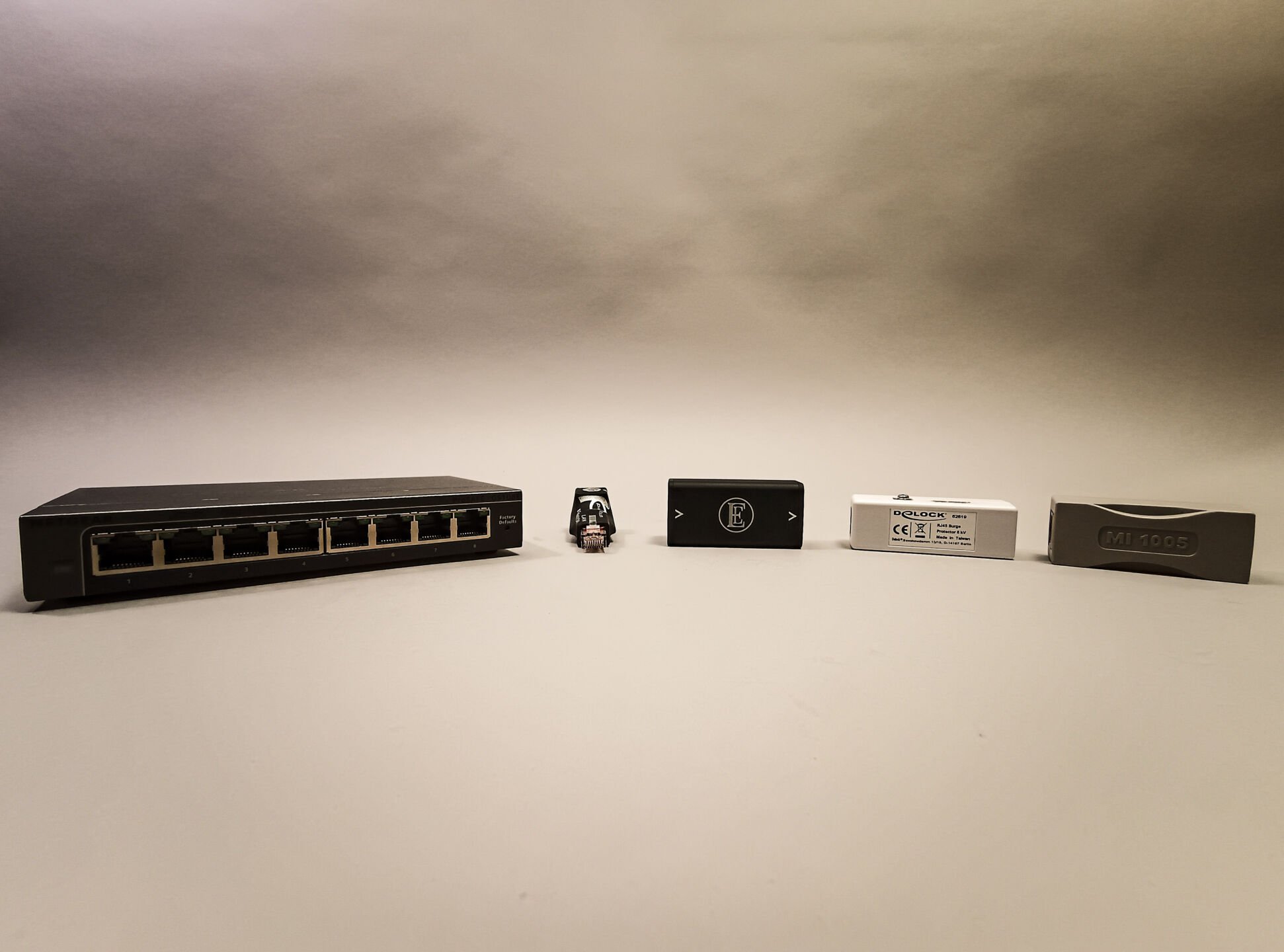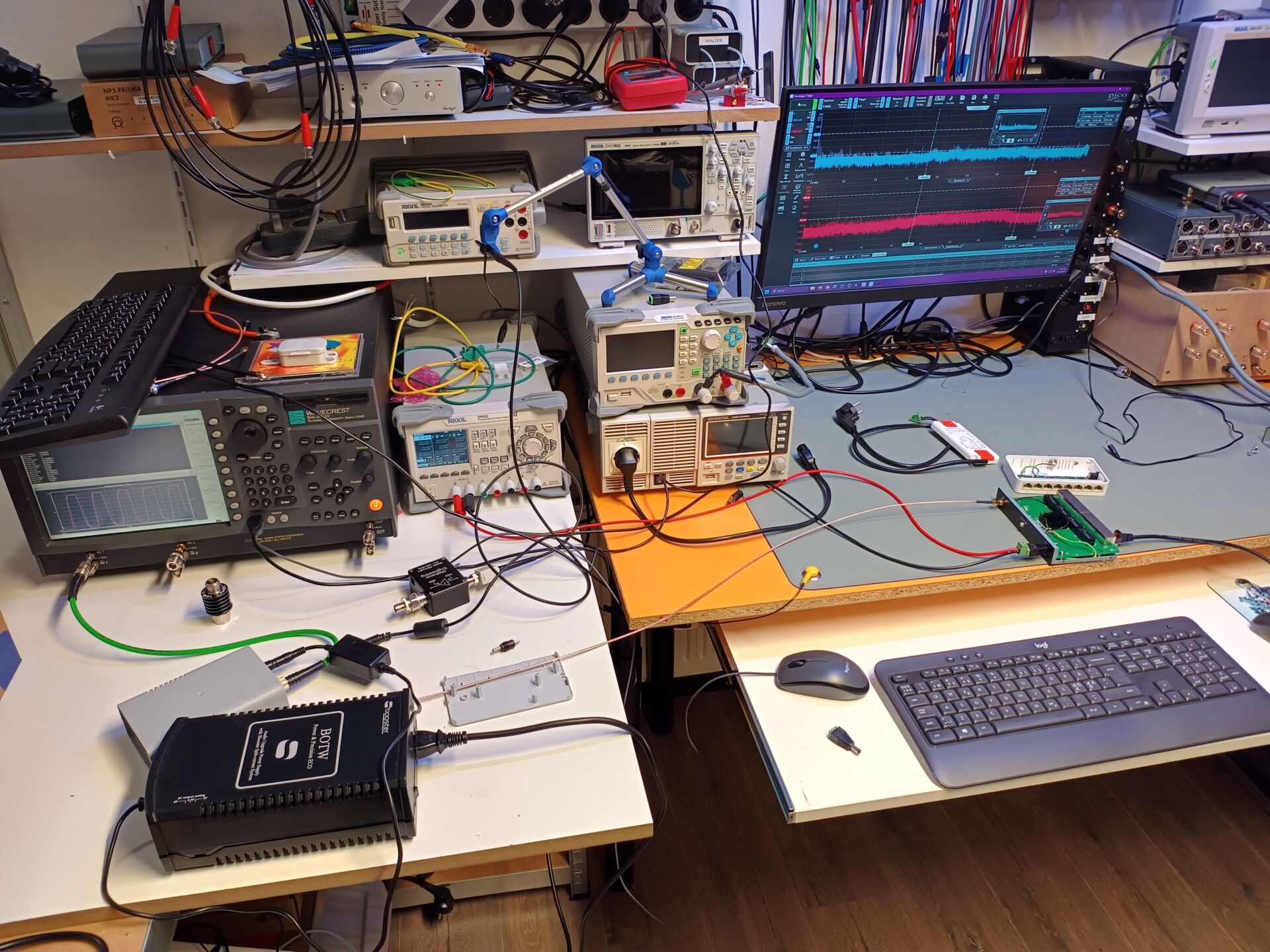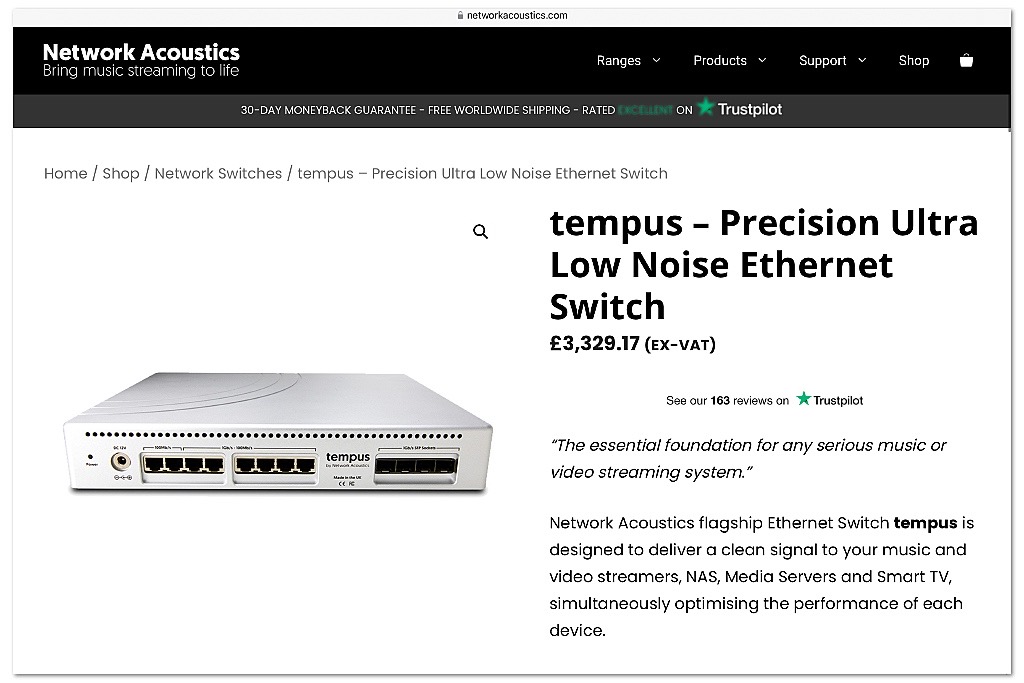

We get quite a lot of questions in our mailbox. And that’s nice. Because that way we know what’s going on with you! Some questions we get more often. Think about questions about networks and switches for the audio installation. In this “Reader Question”-series we try to clear things up for you. This time: a switch for audio. Is it really needed?
We’ve already written quite a bit about a network for audio. Think about our fiber story. Or our multi reader test. Especially in the fiber story, we go a bit more into the networking technique and also explain that the problem with network audio is not in the data transfer. Let’s recap that.
TCP and UDP
A network basically has two methods of transmission: TCP and UDP. The difference between these two methods is that TCP is a much more robust protocol with error detection and correction. So if a data packet does not arrive nicely on the other side, it will be notified on and the sending side will send it again. This is an ideal protocol for situations where absolutely no data loss may occur and where the connection is not super stable. Say transatlantic data transfers.
UDP also has error detection, but no retransmission. However, this is by no means always a problem, because if the network is quite small and the cables are in good condition, we have virtually no problems with packet drops. We’ve already measured that on a regular basis. We grabbed the screenshots for you.
So what’s the problem?
Oklay: so data corruption is not an issue in our streaming network. Whether we’re talking about UDP or TCP: both work well. By the way, ROON uses TCP. Many other platforms use UDP because of its efficiency.
So what’s the problem? How can it be that many readers of Alpha hear a difference in switches? We dived further into this matter and grabbed a few switches. We opened them up and then looked inside for some differences.
What strikes us is two things: the galvanic decoupling has been modified and mostly the power supplies are tweaked. In the Silent Angel Bonn N8 we see a tight galvanic decoupling and filtering at the gates. With the Fidelizer mainly an approach to the power supply of the switch. And we see the same method with other switches. Think of the JPlay or the SoTM.
Now there’s one problem: the modifications hardly measurable. Neither on a scope nor on a spectral analyzer. Now, of course, the question is: where should we measure? And what should we be looking for?
What we have been able to measure, however, is that the ‘audio switches’ that have a cleaner power supply less ‘garbage’ is thrown onto the powergrid. And that will do something in terms of resolution and sound.
A switch for audio?
Then the big question: does a special switch work for audio? Well, according to our readers. And in our blind test, three models scored significantly higher. We have also experienced that it does something. Is it shocking? No, we don’t think so. It’s a dot on the ‘i’. However, many small improvements sometimes make a big difference.
Q and A
What is a special switch for audio?
It’s basically nothing special. It is in fact an ordinary data switch, but with a few modifications that reduce power noise – common mode – via the network cable to the audiostreamer.
Is it always necessary to use a special switch for audio?
No. Definitely not. Also with a ‘normal’ switch you can listen to music very well. Special switches are especially interesting for those who have a very high quality system and want to get the most out of it.
So what’s the big difference with a regular switch?
There are three areas where differences can be made: clean power supply, better galvanic decoupling of the network ports and better data management via Quality of Service management (QoS).
Does a special switch for audio make an audible difference?
Yeah. It does. A really good switch brings more calmness and definition to the sound. Less ‘hardness’ especially in the middle and high. Sometimes a little more space in the stereo image.
















